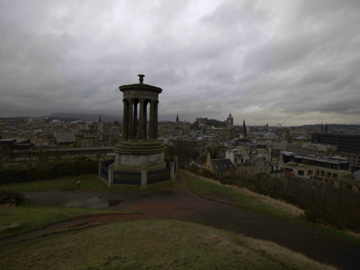Deep Single Image Enhancer
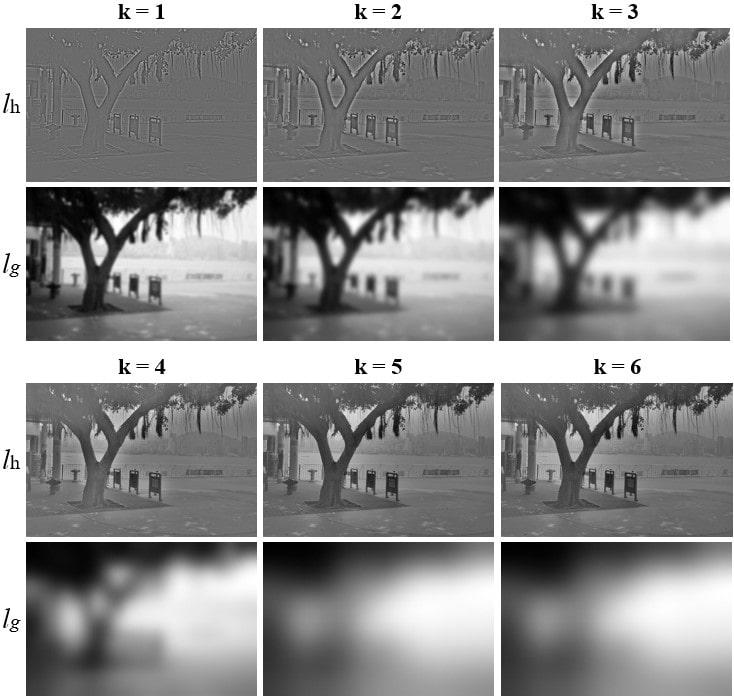
Surveillance cameras can be deployed in various environments where lighting conditions are constantly changing. However, due to the limited dynamic range of current image sensors, the captured images are only low dynamic range images that usually suffer from over-exposure and under-exposure situations where important details are lost. Therefore, it is critical to recover the lost details of such images in order to improve visual experience for observers and performance for possible computer vision processing. In this paper, we propose a reformulated Laplacian pyramid and a convolutional neural network (CNN) model to enhance and recover the lost detail of a degraded image. The reformulated Laplacian first decomposes the image into two sub-images that contain global and local image features, respectively. The global features and local features are processed by the proposed CNN model to manipulate the global luminance terrain and enhance local details. The final image is obtained by reconstructing the CNN generated local and global features. Various experiments have been conducted. The results demonstrate that the proposed model outperforms the state-of-the-art methods.

(a)
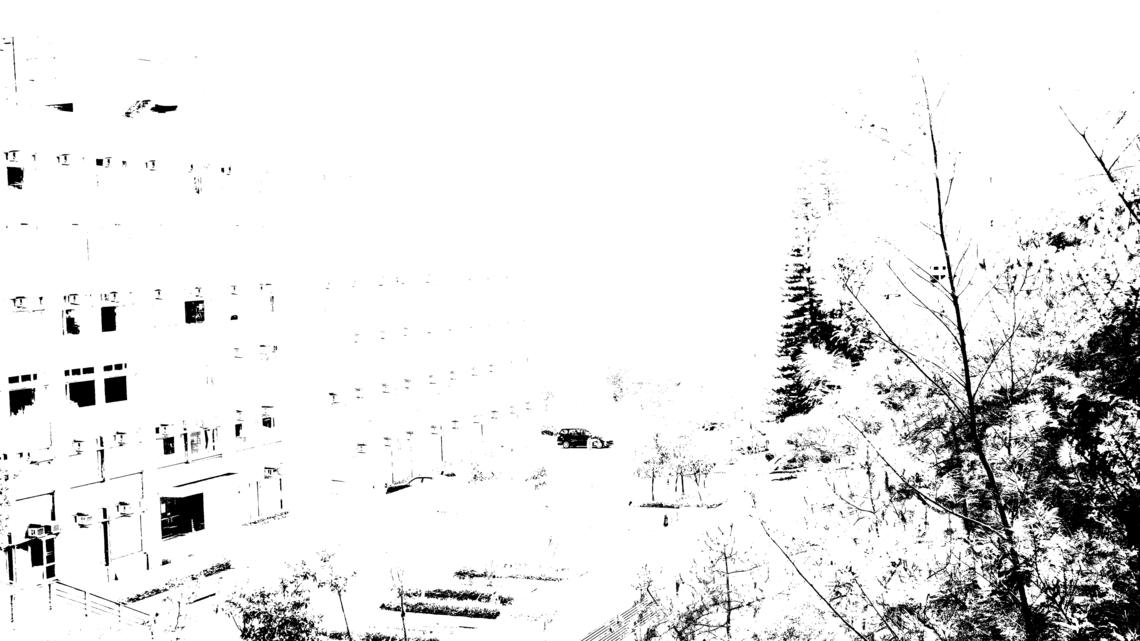
(c)
(e)
(g)

(b)
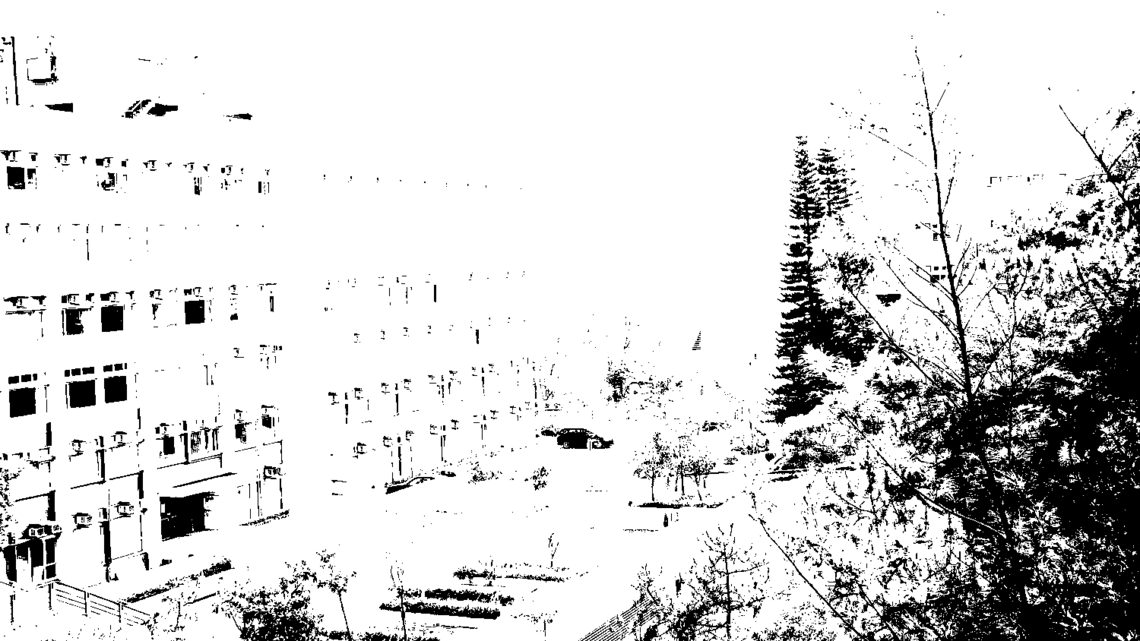
(d)
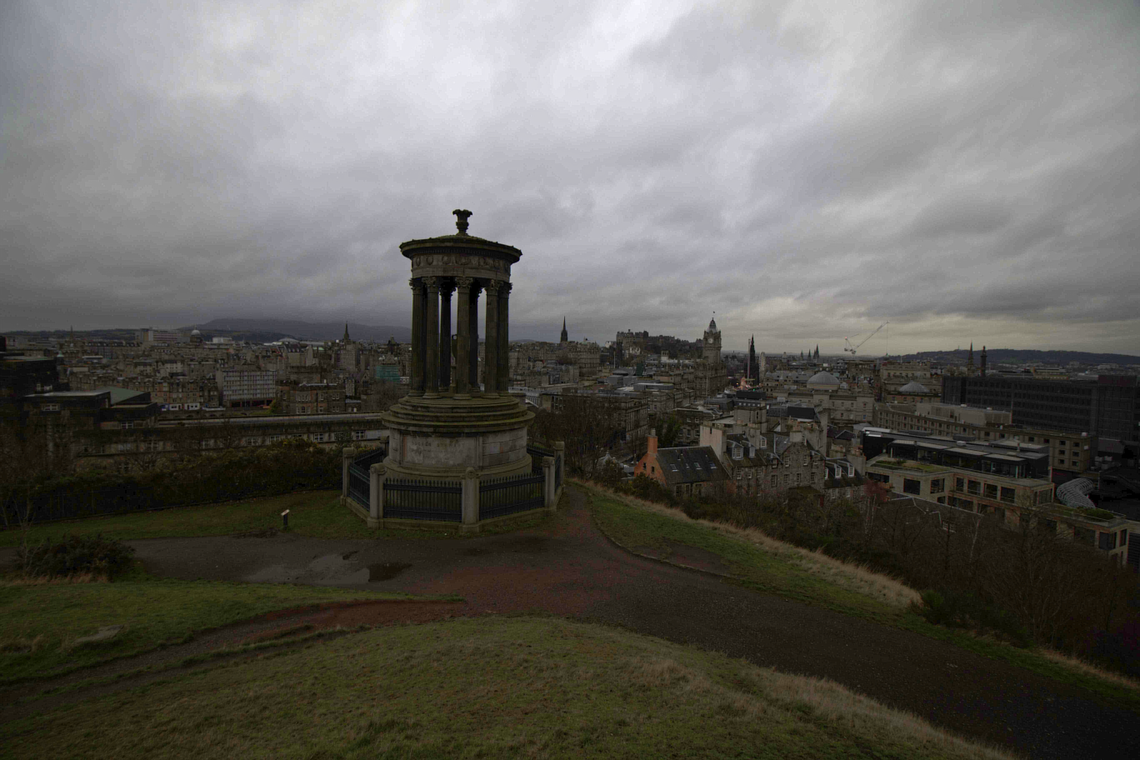
(f)
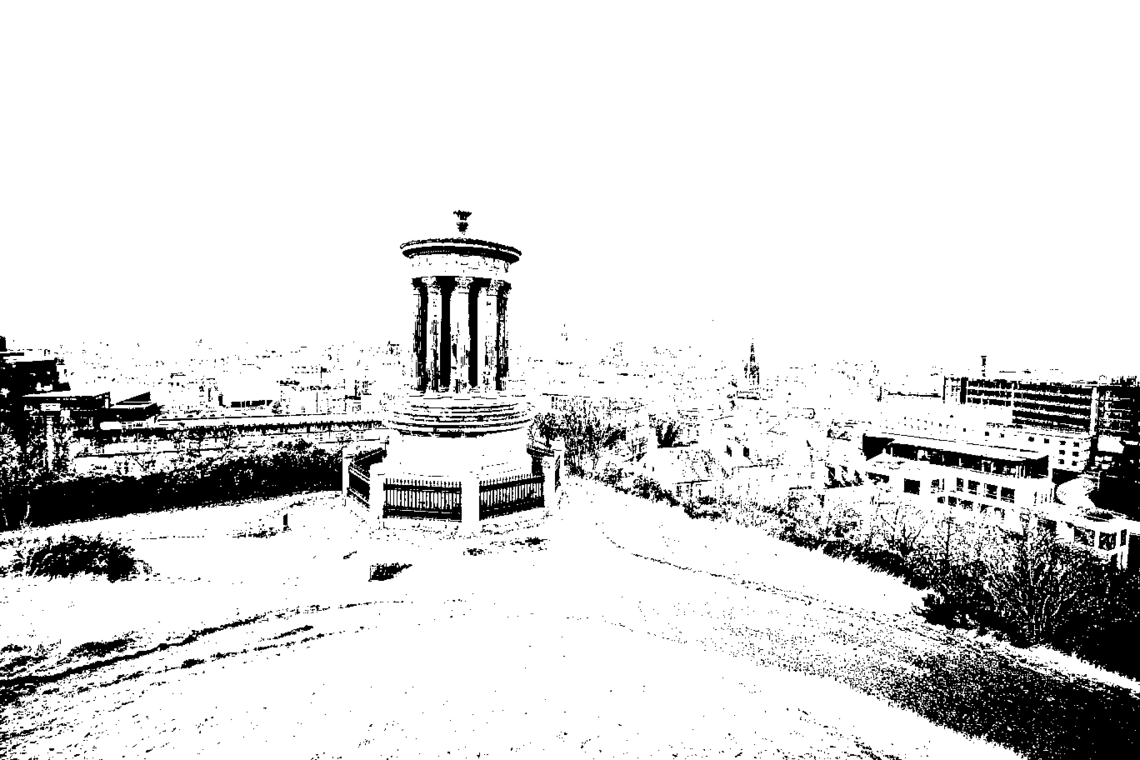
(h)
Visual comparison of input and generated images at extreme over-exposure and under-exposure situations.
Image (a) was in extreme over-exposure condition.
The image (b) was recovered by our algorithm.
(c) is the binarization of the image (a).
(d) is the binarization of the image (b).
In (a) and (b), the pixels value larger than 225 are mapped to white, otherwise, pixels are mapped to black. Image (e) was in extreme under-exposure condition.
The image (f) was recovered by our algorithm.
(g) is the binarization of the image (e).
(h) is the binarization of the image (f).
In (e) and (f), the pixels value that larger than 25 are mapped to white, otherwise, pixels are mapped to black.
M. Lin, J. Yang and O. Yadid-Pecht, "Deep Single Image Enhancer," 2019 16th IEEE International Conference on Advanced Video and Signal Based Surveillance (AVSS), Taipei, Taiwan, 2019, pp. 1-7.


